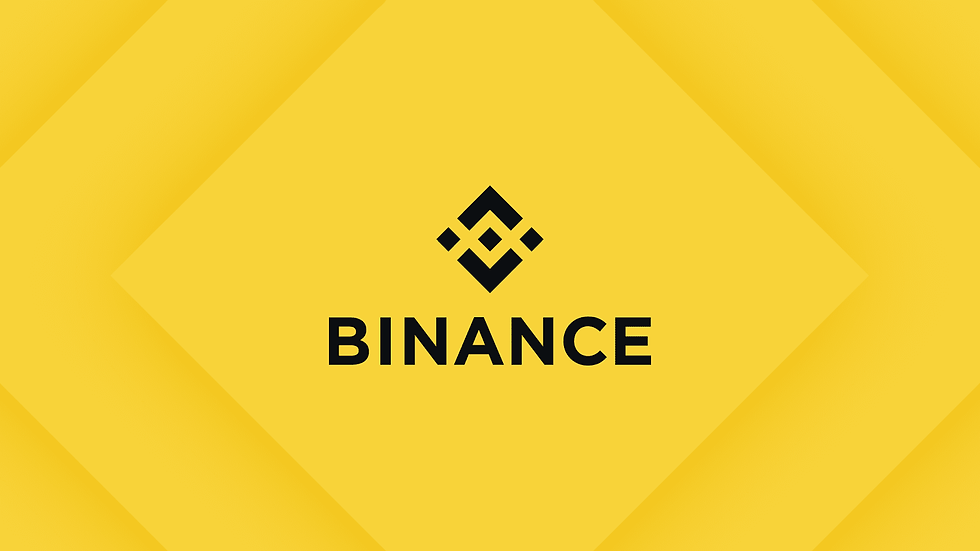Decentralized Finance (DeFi)
- karlavisionfactory
- Apr 29, 2023
- 3 min read
Updated: Apr 17, 2024

Author: Sara Diamante
Date of Publication: 29/04/2023
This post may contain affiliate links, which means I may receive a small commission, at no cost to you, if you make a purchase through a link
Decentralized finance (DeFi) is a form of blockchain-based finance, In particular, it operates without intermediaries such as banks or other financial institutions. DeFi aims to provide greater financial accessibility, transparency, and control. More specifically, it addresses those who don’t have access to traditional banking services.
Smart contracts
DeFi uses smart contracts that execute financial transactions automatically and immediately. Each party enters its predefined terms.
Ethereum
DeFi applications operate on decentralized networks. The most prominent is Ethereum established in 2015. In fact, it uses open-source software to create cryptocurrencies and other digital applications. Many of these products are already able to operate with each other. Anyone with an internet connection can access these networks. Also, transaction history is entered into special decentralized electronic ledgers. Therefore, the cryptocurrency linked to this platform is ETHER which is second after Bitcoin.
Example of DeFi applications
Some examples of DeFi applications are decentralized exchange markets (DEX), lending platforms, stablecoins, and prediction markets.
1. DEX
DEXs are peer-to-peer financial platforms that enable the exchange of cryptocurrencies without the need for a centralized exchange. The use of a blockchain to replace traditional intermediaries makes transactions more secure and transparent. As a result, counterparty risk is reduced.
Below is a table highlighting the main differences between centralized and decentralized markets:

2. Lending Platforms
Lending platforms allow users to lend and borrow cryptocurrencies or other digital assets in exchange for interest. No bank intermediation is required. Creditors and borrowers enter into a smart contract. What’s more, creditors usually share their assets. So, debtors are required to pledge digital or other less-recognized cryptocurrencies as collateral.
Below is a chart illustrating how it works between traditional and DeFi Lending:

3. Stablecoins
Stablecoins are cryptocurrencies whose value is tied to a stable asset, such as the U.S. dollar, or gold. Actually, they can be used as a stable alternative to volatile cryptocurrencies. Also, they are suitable for making everyday payments as they are easy to send around the world. Stablecoins are thus free from the volatility of other cryptocurrencies but at the same time retain some key characteristics. They are open, global, and accessible to anyone, fast and convenient.

4. Prediction Markets
Prediction markets allow users to bet on the outcome of future events, such as political
elections or sports results.
Advantages of DeFi:
1. One of the first advantages related to decentralized finance is certainly its high inclusiveness. The establishment of a portfolio is sufficient to access it. Therefore, the arrangement of specific documents or a bank account isn’t necessary.
2. DeFi applications can significantly reduce transaction costs by eliminating intermediaries and automating financial transactions.
3. DeFi applications can provide faster and more efficient settlement times because they operate 24/7. Restrictions provided for traditional financial institutions are not applied.
4. Since this is still a growing market, it offers very affordable interest rates.
5. It is the subject of constant innovation.
6. Open-source platforms can be developed by anyone.

Disadvantages of DeFi:
1. Since these are unregulated platforms, security is diminished. Some platforms have been subject to hacker attacks in the past. Therefore, user protection is lower.
2. With high gain comes high risk. Markets are subject to high volatility and the risk of speculation and bubbles is increased.
3. The anonymity of participants implies the demand for a higher value to be immobilized expressed in another cryptocurrency.
Conclusions
Decentralized finance is particularly important for the democratization of the financial system. Apart from that, it matters for its ability to create a fairer and more transparent system. This must go hand in hand with the level of overall financial education. In fact, before entering this field it is good to have a good understanding of the associated risks.





Comments